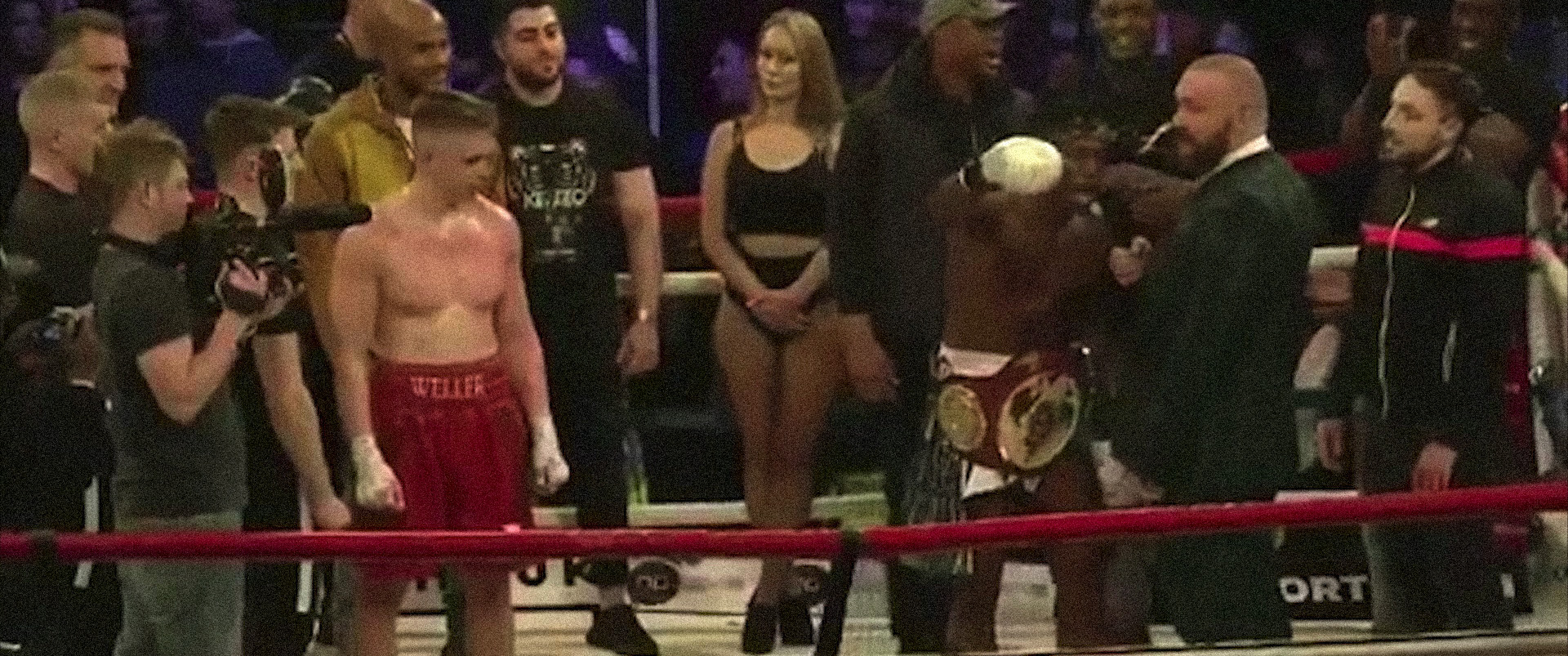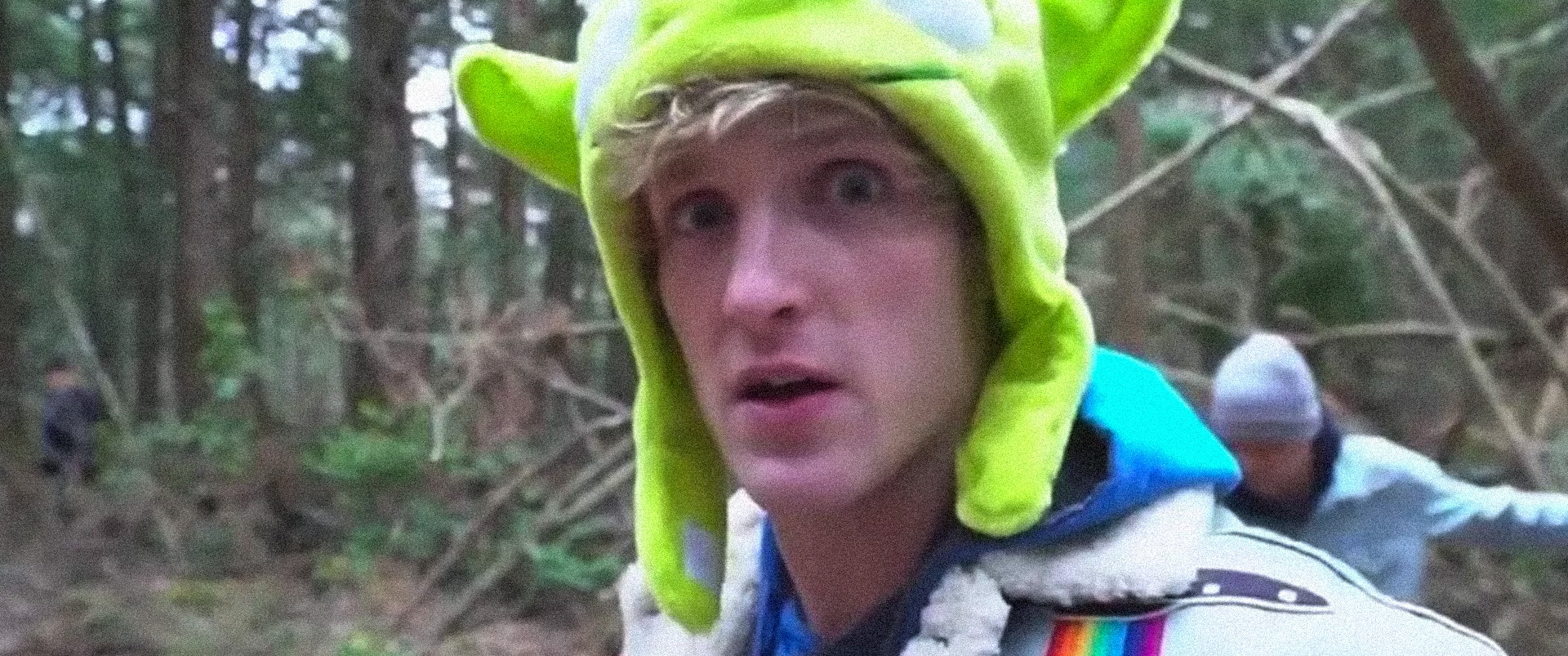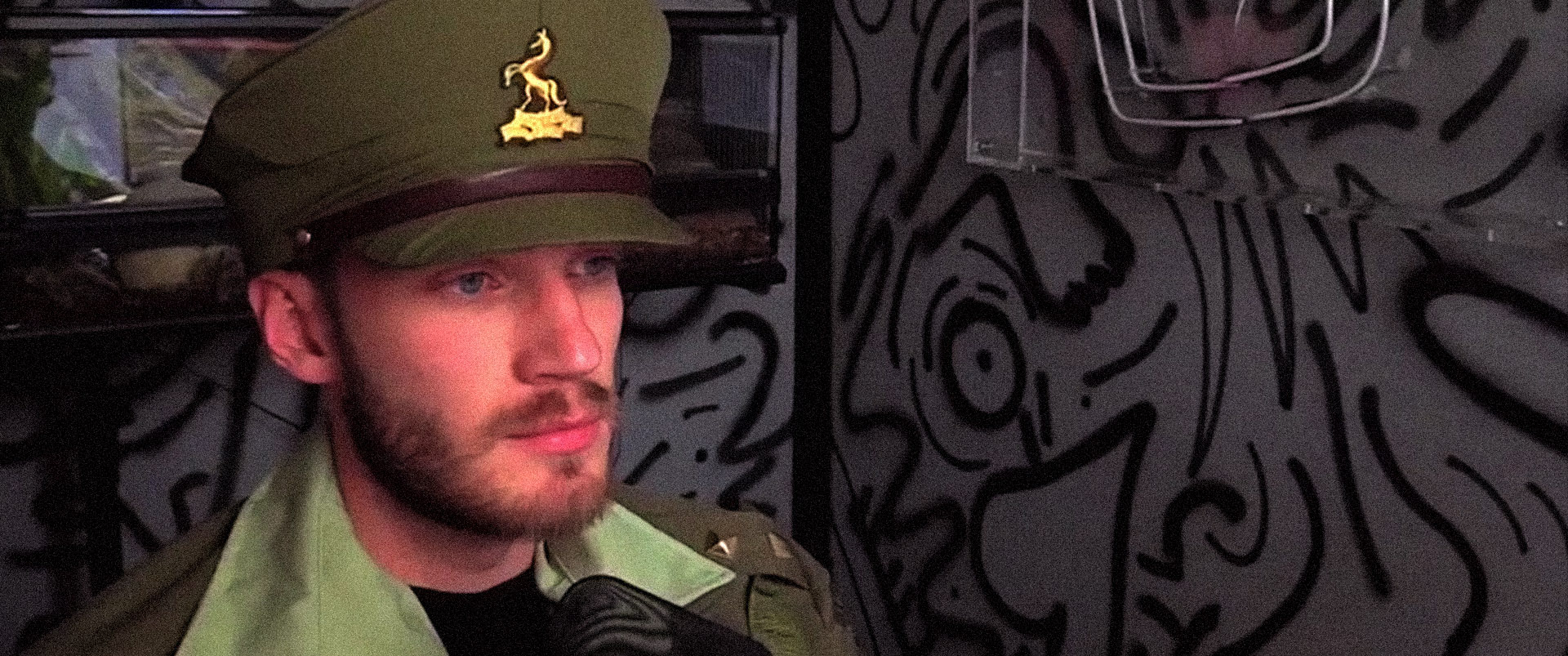YouTube Drama
Arthouse theaters and multiplexes alike find it harder and harder to fill seats. One of the reasons for the decline in theatrical attendance that is bandied about (not always with a lot of hard evidence) is that younger generations look for entertainment online. Indeed, vloggers on YouTube attract sizeable audiences: channels such as those of KSI, Logan Paul or PewDiePie have tens of millions of followers. This may well eat into the time and money their YouTube patrons spend on moviegoing.
One of the aspects that keeps interest in the biggest YouTube channels going, is the drama their stars get caught up in. Several high-profile YouTubers have been in the news recently, and not for the most savory of reasons. Just as often, YouTube stars purposely create turmoil, stir up controversies with other stars and engage in theatrics to keep their brand top-of-mind. However puberal some of these staged and silly schemes are, it seems to work. There’s even a term for these shenanigans: YouTube Drama.
This video essay contends that such YouTube Drama often harkens back to… movie plot lines and tropes. Film student Toon Jacobs pits YouTube drama against the classic film drama variety. He sets out to prove that YouTubers such as Logan Paul and KSI got their inspiration from movies to find the visual style and dramatic arcs for their antics.
Jacobs’ video essay takes a closer look at three stars, three different dramatic episodes. He uses a different rhetorical strategy for each of the three parts of his video essay. In the first section, a boxing match between YouTube stars (and the mediatization of that event) is compared to narrative elements used in the first Rocky film. Sylvester Stallone even engages in a short dialogue of sorts with YouTuber KSI, trying to ignore his provocations.
The second part of the video essay deals with Logan Paul’s now infamous visit to Aokigahara, the Japanese suicide forest. Here, Jacobs intercuts footage from Paul’s vlog with excerpts from The Blair Witch Project, pointing out some striking visual and tonal parallels.
The third and final part is about YouTube star PewDiePie, who got into hot water after making Nazi and anti-semitic “jokes”. In this final part of the essay, Jacobs takes yet another approach. He suggests that this particular YouTuber should have taken his cue from fiction films more, not less. Jacobs uses dialogue from American History X to comment on PewDiePie’s very inappropriate remarks.
This video essay includes clips from:
Rocky [feature film] Dir. John G. Avildsen. Chartoff-Winkler Productions, USA, 1976. 119mins.
The Blair Witch Project [feature film] Dir. Daniel Myrick, Eduardo Sánchez. Haxan Films, USA, 1999. 81 mins.
American History X [feature film] Dir. Tony Kaye. Turman-Morrissey Company, USA, 1998. 119mins.
The YouTube channels featured in this video essay are:
KSI
DramaAlert
Shane
Phillip DeFranco
GradeAUnderA
Sawyerhartman
Logan Paul Vlogs
PewDiePie
H3h3Productions
The music used is:
‘Gonna Fly now’, Rocky Original Motion Picture Soundtrack [music track, CD] Composer Bill Conti. United Artists Records, USA, 1976. 2 min 36 secs.
‘The Pressure’ [music track, digital download] Composer Anders Ekengren. Epidemic Sound, Sweden, 2017. 20 secs.
‘Horror textures 5’ [music track, digital download] Composer Rannar Sillard. Epidemic Sound, Sweden, 2017. 2 min 01 secs.




